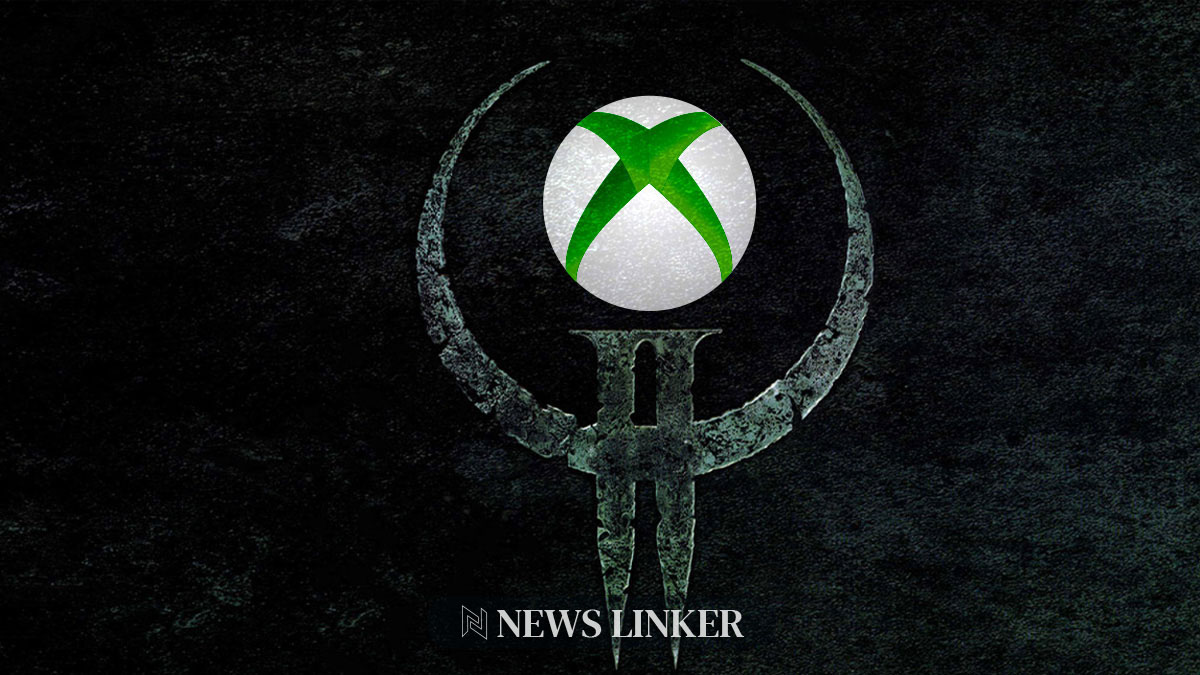The unwavering commitment of Xbox to maintain backward compatibility reflects a dedication to preserving gaming history and ensuring older titles remain accessible to future generations. This approach not only honors the nostalgia and emotional connection gamers have with classic games but also ensures a seamless transition as gaming technology advances. Xbox’s dedication to this principle is exemplified by the ongoing efforts to ensure that newer consoles can support a vast library of games from previous generations.
The concept of backward compatibility has been a cornerstone of Xbox’s philosophy for many years. Prior advancements have seen the integration of legacy titles into newer system libraries, often with enhancements that breathe new life into older games. This commitment has been a key factor in Xbox’s strategy, aiming to deliver a comprehensive gaming experience that spans across various eras of gaming. The preservation of game libraries is not just about maintaining access, but also about keeping communities together and supporting the longevity of games beyond their original platform life cycles.
What Drives Xbox’s Backward Compatibility Efforts?
The motivation behind Xbox’s backward compatibility initiative is multifaceted. It stems from a recognition of the cultural significance of video games and a desire to respect the investments players have made in their gaming collections. By allowing access to older games on new consoles, Xbox fosters a sense of continuity and loyalty among its user base, which is particularly valuable in an industry often driven by the pursuit of the latest technology and titles.
Are There Technological Challenges to Overcome?
The technological hurdles associated with backward compatibility are not insignificant. The task involves ensuring that games designed for older hardware can function correctly on modern systems, which often have vastly different architectures. Despite these challenges, Xbox has continued to invest in the necessary resources to make backward compatibility a reality, signaling a commitment to overcoming these obstacles for the benefit of gamers.
How Does Scientific Research Corroborate Xbox’s Direction?
A study published in the Journal of Gaming & Virtual Worlds, titled “Preserving Play: The Challenges and Opportunities of Video Game Preservation,” echoes the sentiments of Xbox’s mission. The research highlights the importance of preserving digital gaming content for its historical and cultural value and acknowledges the technical difficulties in doing so. It further underscores the role of backward compatibility in ensuring the longevity of games and stresses the need for industry-wide efforts to safeguard gaming heritage—efforts that Xbox is visibly championing.
Useful Information for the Reader:
– Xbox’s backward compatibility supports a diverse range of games, including cult classics and fan favorites.
– Enhanced features such as improved graphics and performance are often added to backward-compatible games, providing a better experience on new consoles.
– The availability of older games on new platforms can lead to increased sales and renewed interest in classic game franchises.
Xbox’s unwavering commitment to backward compatibility is a testament to the company’s understanding of gaming as a dynamic medium that transcends generations. It’s an assurance to gamers that their cherished experiences will not become obsolete but will continue to be part of their evolving gaming journey. This commitment not only enriches the gaming ecosystem but also contributes to a sustainable model where the artistry and innovation of past games can be appreciated anew. With advancements in technology, the ongoing challenge will be to seamlessly integrate diverse gaming catalogues into future platforms, a challenge Xbox appears ready to tackle, ensuring that the rich tapestry of gaming history is preserved for enthusiasts and newcomers alike.










